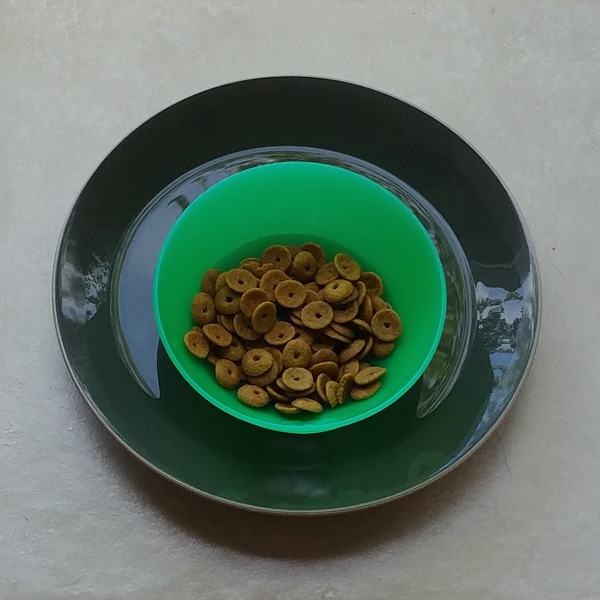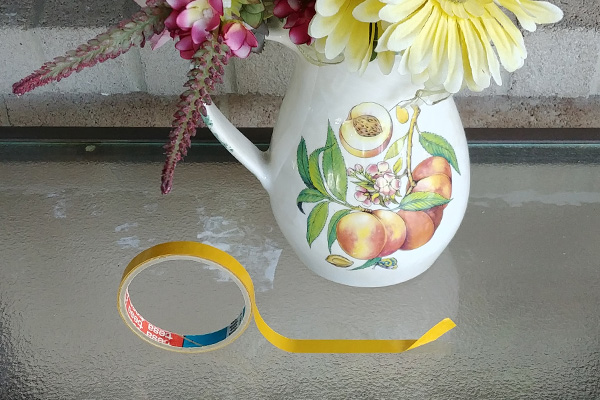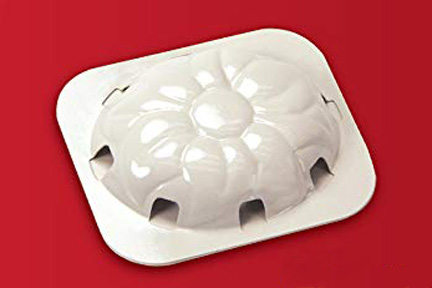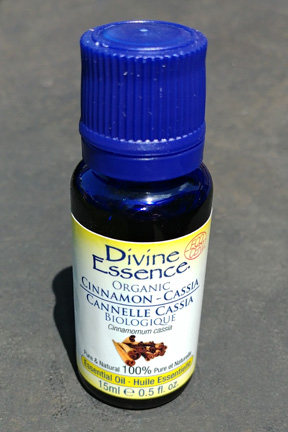For general pest prevention click here.
Ant specific prevention:

• Place pet food dishes in a shallow dish of water, ants can’t swim, so they won’t be able to get your pet’s food.


• Ants will not cross sticky barriers. Try placing two-sided tape around the legs of plant stands or duct tape facing up on the floor.

• Flood ant nests repeatedly with a garden hose to encourage the ants to move farther away from your house.


• Pour boiling water and detergent down the nest to temporarily reduce the population of a colony.
• Using the Cinnamon essential oil mixture is very effective at preventing ants from entering your home.
1. Fill a spray bottle with tap water to the fill line
2. Add 5-10 drops of cinnamon essential oil.
3. Find where the ants are entering your home and spray liberally all around the area.
4. Then, spray all along the path they take.
5. For continued effectiveness spray nightly. You may also spray your kitchen counters after wiping them down
2. Add 5-10 drops of cinnamon essential oil.
3. Find where the ants are entering your home and spray liberally all around the area.
4. Then, spray all along the path they take.
5. For continued effectiveness spray nightly. You may also spray your kitchen counters after wiping them down
Bait systems are readily available.

Ants gather food and bring it back to the nest to feed ant colony members. So a bait system must work slowly enough to allow the poison to be fed to all members of the nest. This is a highly effective way of getting rid of nests. However the bait system will need to be repeated from time to time if prevention guidelines are not followed or effective.
Carpenter ants can cause structural damage to homes as they destroy wood to make room for their nests. Piles of sawdust may mean you have carpenter ants. Carpenter ants have a heart shaped head.

Outdoors, carpenter ants are found in dead trunks of standing trees, stumps, or logs, or under fallen logs and stones. They can sometimes mine sound wood, but they usually choose a soft type, like pine.
Indoors, because they prefer moist, decaying wood, carpenter ants can signal a moisture problem, or wooden structures that are decaying.
For more ant specific tips: https://www.canada.ca/en/health-canada/services/pest-control-tips/ants.html
For more pest control tips:







Post a comment